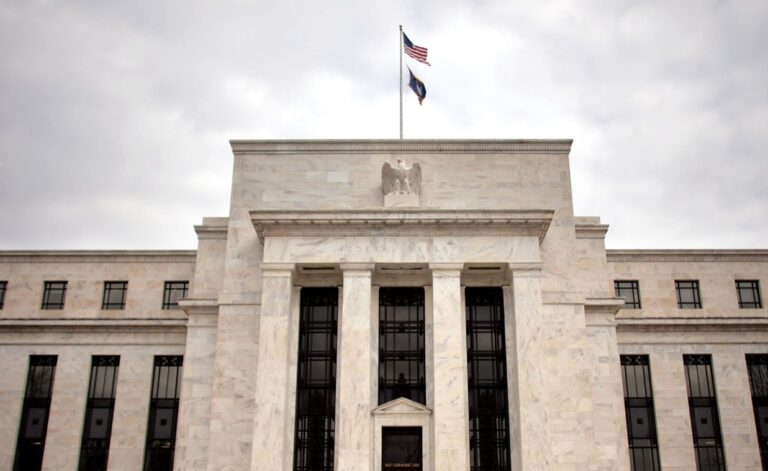Fed allocates 25 billion to make loans to banks in liquidity crisis. Svb’s Uk branch rescued by Hsbc.
Table of Contents
Svb bankruptcy, the Fed’s decision
Federal Reserve, U.S. Treasury and Fdic (the deposit guarantee body, ed.) intervened in the night to curb the consequences of the crisis and failures of Svb and Signature Bank. In a joint note, the authorities announced the resolution of the two banks in liquidity crisis – Silicon Valley Bank and Signature Bank – and the full guarantee of their deposits.
As of today, March 13, therefore, all customers who had deposits within the two institutions will be able to freely access their accounts and be fully compensated. Authorities have guaranteed that there will be “no loss” and no cost to customers.
The goal is to avoid a snowball effect. And, to confine the crisis to just the two institutions, without the markets being overwhelmed again today. Not surprisingly, Wall Street futures sprang upward after the announcem. With those on the Nasdaq pulling the sprint up 2 percent.
“These actions,” U.S. authorities assure, “will reduce stress across the financial system, support financial stability and minimize any impact on businesses, households, taxpayers and the broader economy. U.S. President Joe Biden, on the other hand, said he was “pleased” that a “quick solution was found that protects American workers and small businesses.”
Svb crash, 25 billion loans to banks
The Fed has decided not to move only on the customer side. Indeed, liquidity-related tensions remain within the U.S. banking system that contributed to the collapse of Silicon Valley Bank and Signature Bank.
This, caused by soaring interest rates over the past year. This is why the central institution led by Jerome Powell has chosen to make additional funding available to banks, totaling $25 billion. So that they will be able to honor their debts and meet customer demands.
“This operation will strengthen the banking system’s ability to safeguard deposits and ensure the continued supply of money and credit to the economy,” the Fed assured in a note.
The new program called the Bank Term Funding Program will offer loans of up to one year’s duration to banks. Thus savings institutions, cooperatives and other financial institutions that pledge U.S. Treasury securities, debt and mortgage-backed securities and other eligible assets as collateral.
And there are those who speculate that the Fed, after the Svb and Signature crashes, may revise its choice on interest rate hikes in March. Not 50 basis points as speculated after Powell’s hawkish words last week, but only 25 basis points.
Svb UK bailout, Hsbc saves it
Meanwhile, the Svb game was also played out on the other side of the Atlantic Ocean. The race to save Svb’s Uk branch had begun in Britain before the opening of the listings.
The search for a white knight capable of saving Svb Bank Uk ended successfully. Overnight, after reports of a Bank of London bid, Hsbc came out on top as Chancellor of the Exchequer Jeremy Hunt announced on Twitter. “Deposits will be protected. At no cost to taxpayers,” Hunt explained, highlighting how the frantic overnight search for a buyer was successful.
Hsbc acquired Svb Uk for one pound. The institution’s ceo Noel Quinn explained that the acquisition made “excellent strategic sense” for Hsbc.
This was no small pursuit. As of March 10, Silicon Valley Bank Uk had loans of about 5.5 billion pounds. And, deposits of about 6.7 billion pounds, Hsbc reported. While Svb Uk’s tangible assets, again according to the buyers, should be about £1.4 billion.
Read also: The biggest banks worldwide
A crisis different from 2008
But the crisis that has hit Svb and Signature Bank is very different from the one that erupted in 2008 with Lehman Brothers. The dynamics that generated the two failures in recent days are described as “totally different from those that generated the subprime crisis.”
“In 2008 a global real estate bubble of tremendous size burst with unknown speculative implications. This time the two failed banks are paying for errors in strategy,” they explain.
“Svb did not adhere to the abc of banking that is studied on the first day of the first year of Banking Science. Matching the time frames of assets and liabilities.” While Signature Bank “thought of turning into a crypto-bank to be the first to ride the trend, thus accepting a priori to make a very risky choice.”
Read also: AI in the stock exchange, experts see risk of a financial speculative bubble












